News
TRACERS launch image wins first place in research photo competition
Wednesday, November 12, 2025
Christian Hansen's photo of the TRACERS mission launch won first place in the faculty/staff/researcher category of the Capture Your Research! Photo Competition. Sponsored by NEXUS | Artineers and the Lichtenberger Engineering Library at the University of Iowa, Capture Your Research! is an image competition where students, faculty, and staff submit one image that captures the essence of their research.

Iowa researchers celebrate TRACERS launch
Thursday, July 24, 2025
Dozens of scientists from the University of Iowa traveled to Lompoc, California, to joyfully witness the successful rocket launch associated with TRACERS — the NASA-funded mission to study the mysterious, powerful interactions between the magnetic fields of the sun and Earth.
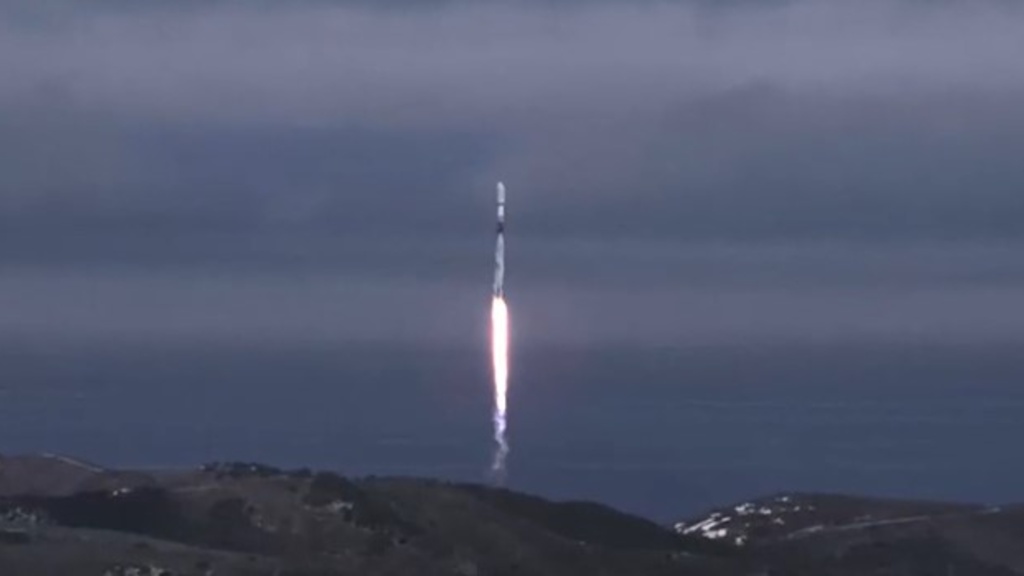
University of Iowa TRACERS satellites launch into outer space
Wednesday, July 23, 2025
Wednesday, July 23 marked the reward of years of work for University of Iowa researchers as their twin satellites launched into space. The University held a watch party for its contributors and the public to see SpaceX launch the TRACERS satellites. Dozens of university students, professors, and researchers had a hand in building TRACERS, one of the largest research projects in university history.
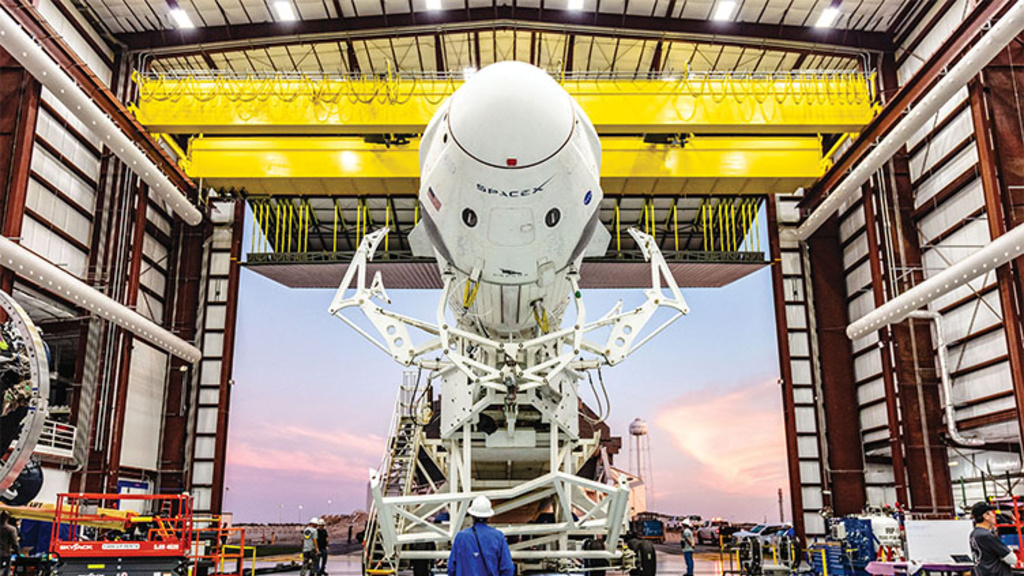
TRACERS Launch Viewing Event Set For July 23
Monday, July 21, 2025
The UI Department of Physics and Astronomy is inviting you to join us for a live viewing event celebrating the launch of NASA’s TRACERS mission. The live viewing event has been postponed Wednesday July 23 in Lecture Room One, Van Allen Hall, from 12 to 3 p.m.
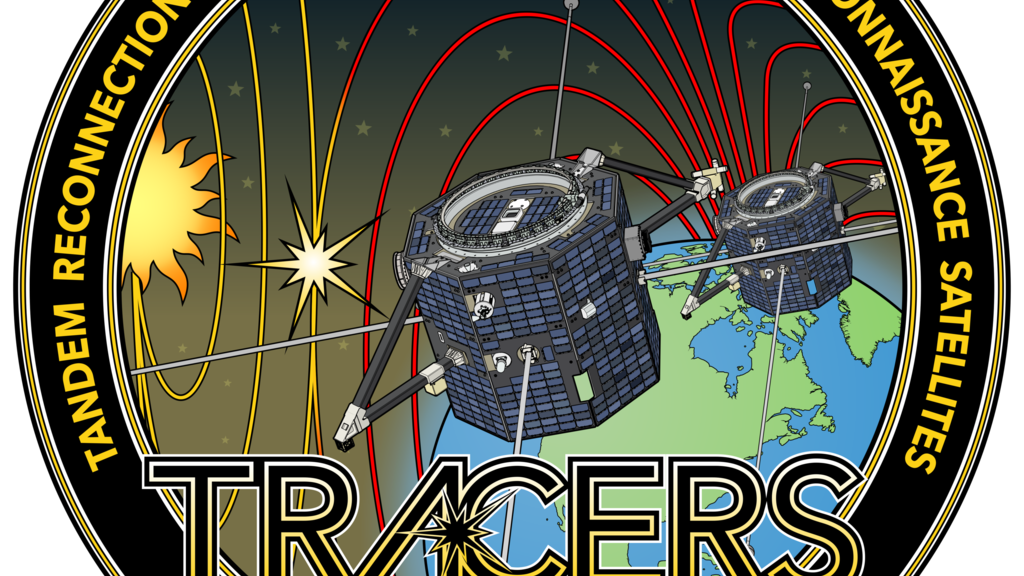
NASA’s TRACERS Mission Targeting Launch on July 22
Monday, July 21, 2025
NASA’s TRACERS (Tandem Reconnection and Cusp Electrodynamics Reconnaissance Satellites) spacecraft are targeting launch aboard a SpaceX Falcon 9 rocket during a launch window that opens at 2:13 p.m. EDT (11:13 a.m. PDT) on Tuesday, July 22. The TRACERS mission and three NASA small satellites will launch from Space Launch Complex 4 East at Vandenberg Space Force Base in California.
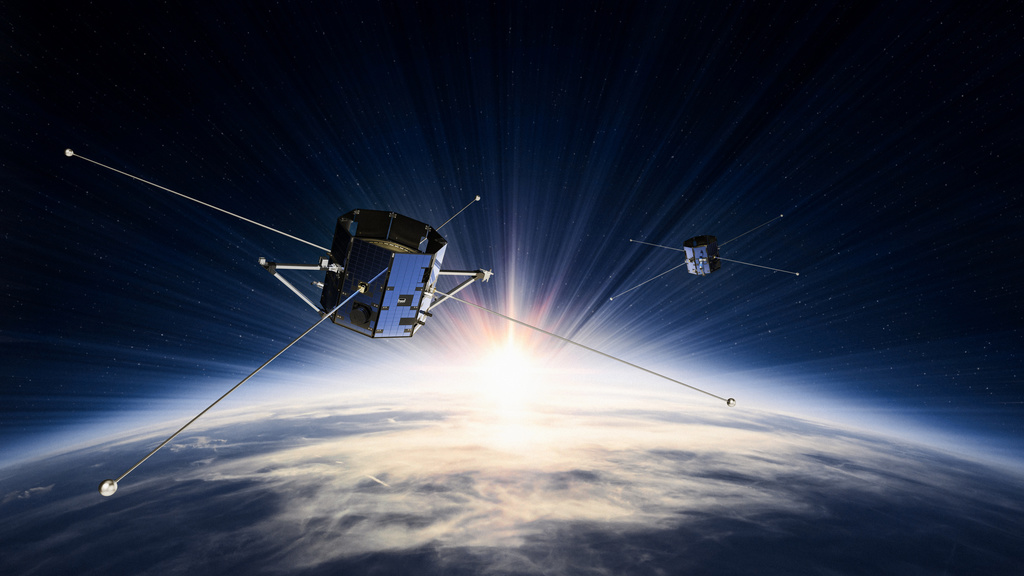
NASA’s TRACERS Studies Explosive Process in Earth’s Magnetic Shield
Wednesday, July 16, 2025
High above us, particles from the Sun hurtle toward Earth, colliding with the upper atmosphere and creating powerful explosions in a murky process called magnetic reconnection. A single magnetic reconnection event can release as much energy as the entire United States uses in a day. NASA’s new TRACERS (Tandem Reconnection and Cusp Electrodynamics Reconnaissance Satellites) mission will study magnetic reconnection, answering key questions about how it shapes the impacts of the Sun and space weather on our daily lives.

Making a model spacecraft, piece by piece
Tuesday, July 15, 2025
A University of Iowa engineering student built a replica of the TRACERS satellite that will study the magnetic fields of the sun and Earth.
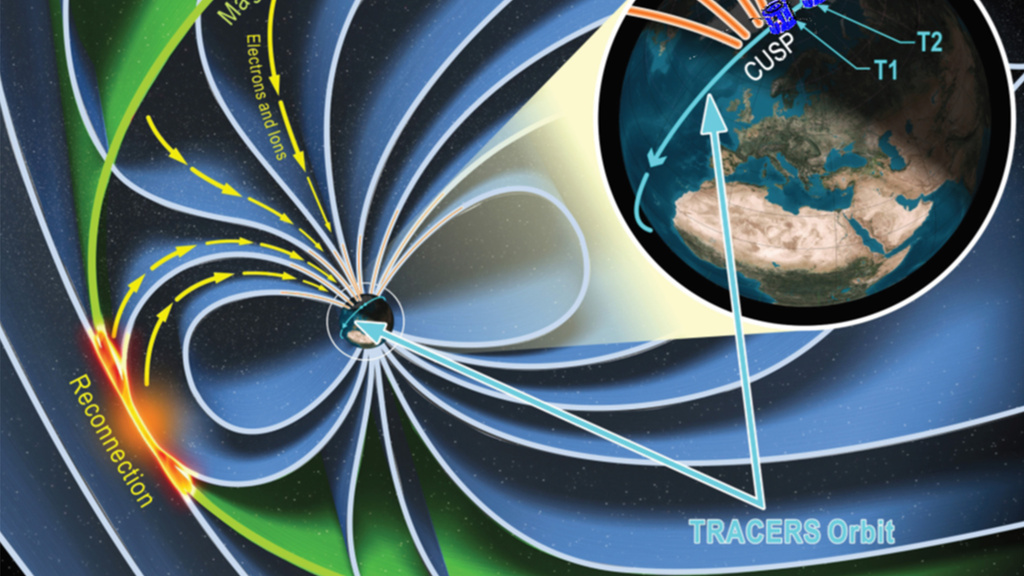
Space Science Reviews Publishes TRACERS Article Collection
Tuesday, July 15, 2025
The journal Space Science Reviews is publishing a collection of articles about the TRACERS mission. This collection presents the science objectives of the mission, descriptions of the design and calibration of the plasma instruments, and other important aspects of the mission.

NASA’s TRACERS Mission Now Targeting No Earlier Than Summer for Launch
Thursday, May 1, 2025
NASA’s TRACERS (Tandem Reconnection and Cusp Electrodynamics Reconnaissance Satellites) now is targeting no earlier than summer 2025 for launch in order to give the mission spacecraft team additional time to prepare.
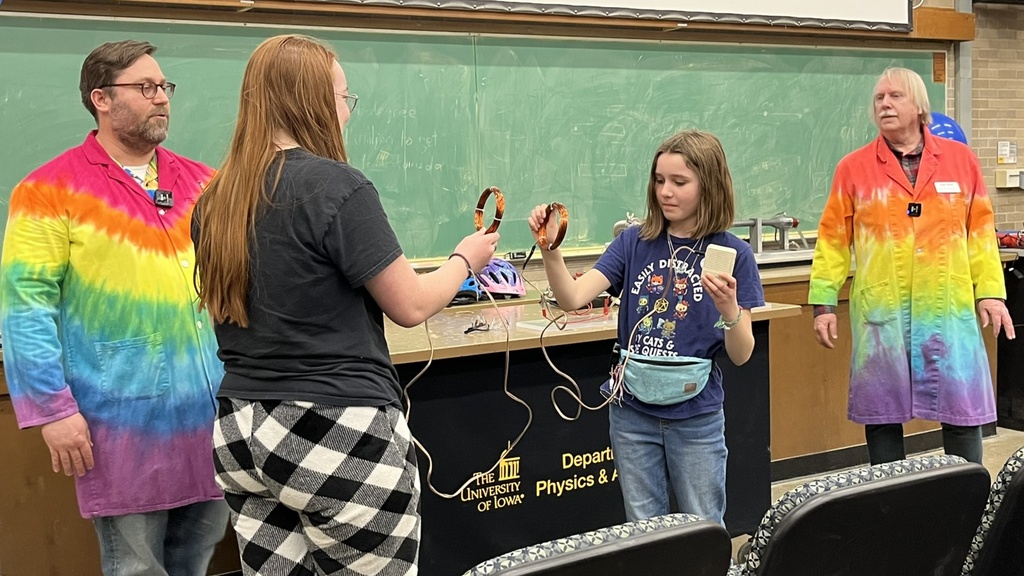
Demos Unleashed! Held March 14
Monday, March 17, 2025
The Department of Physics and Astronomy presented Demos Unleashed 2025 on March 14 at Van Allen Hall. The show featured the science of the TRACERS Mission including making plasmas, aurora, magnetic detection, particle detection, and the science of rockets.
Pagination